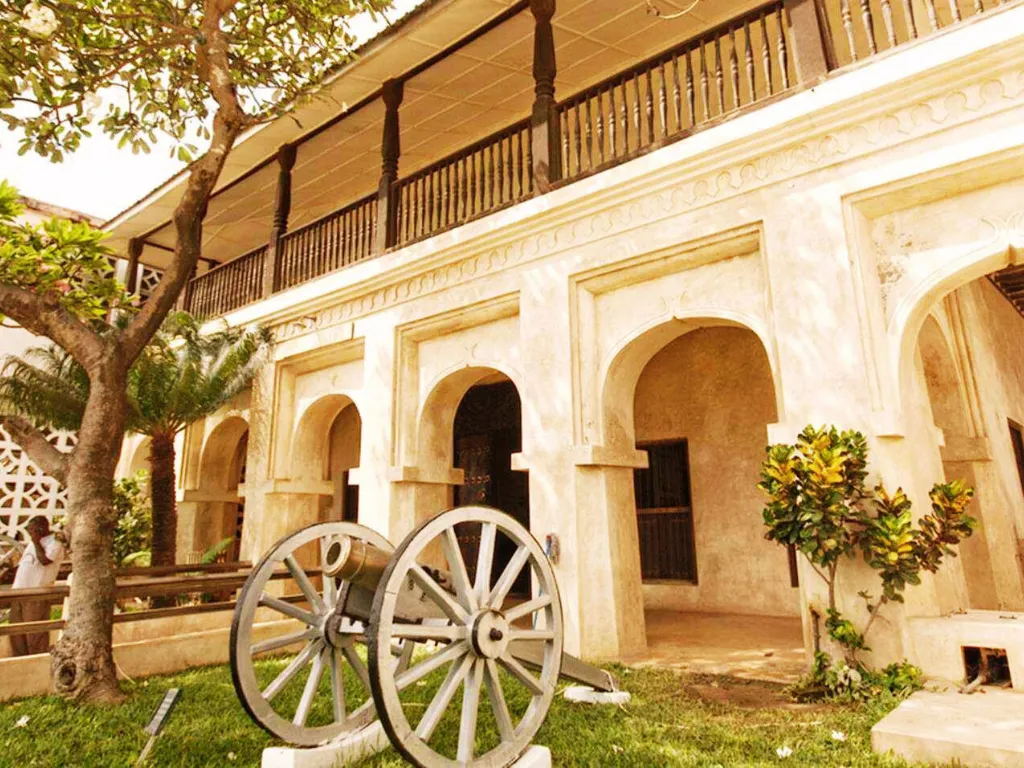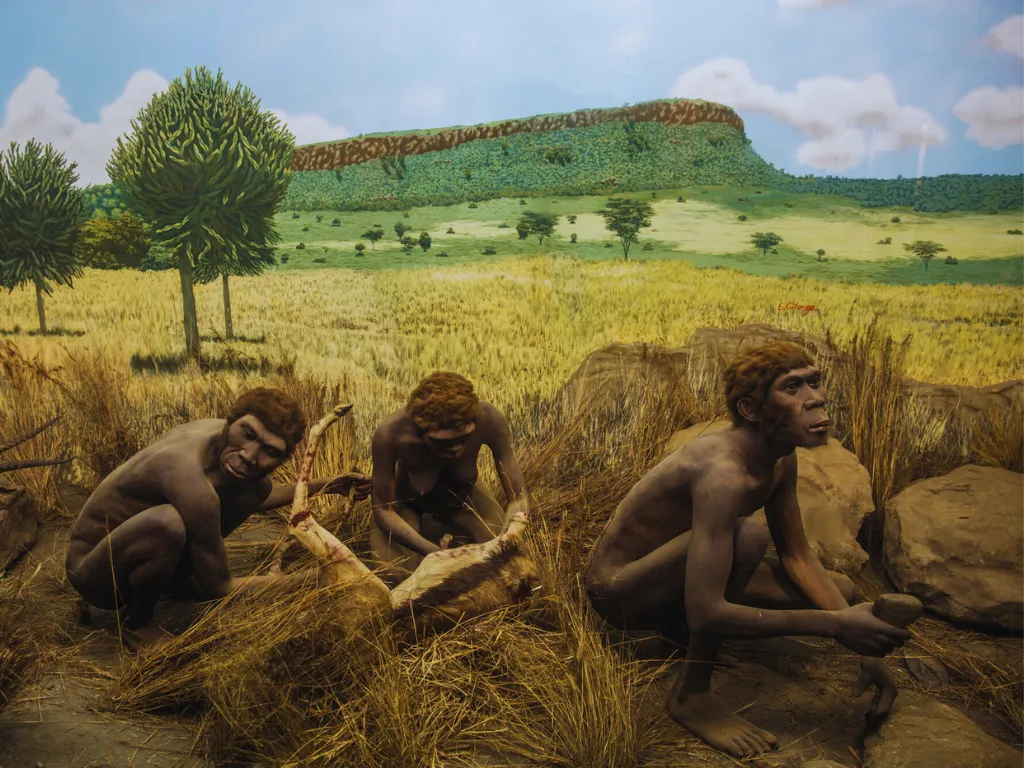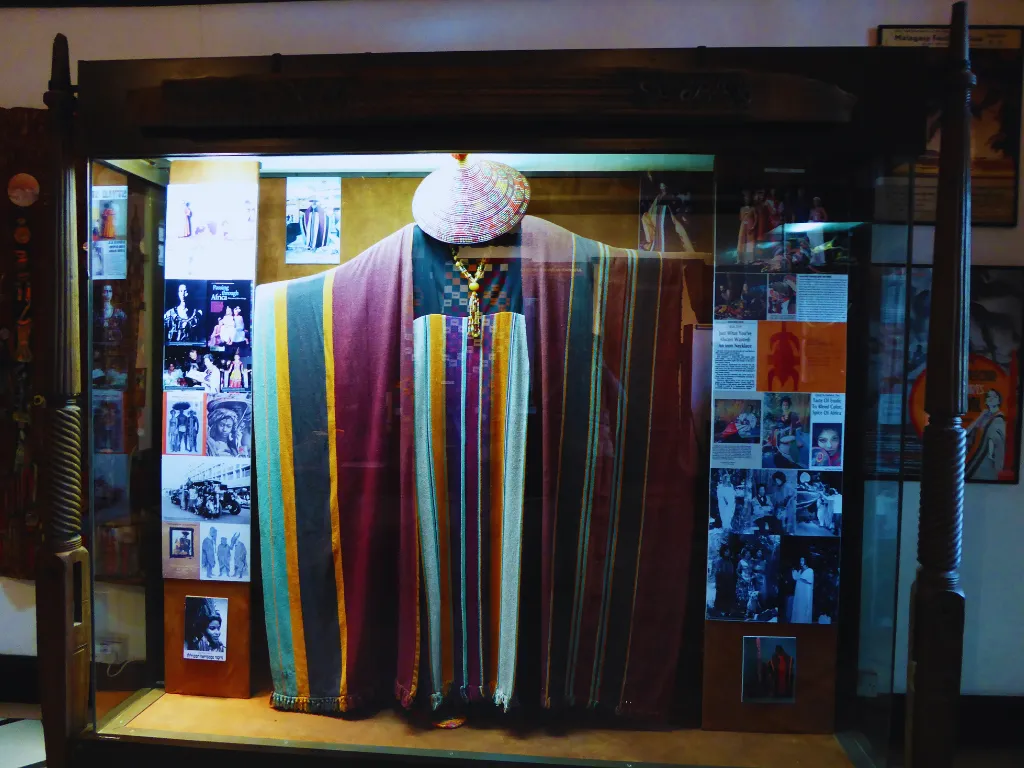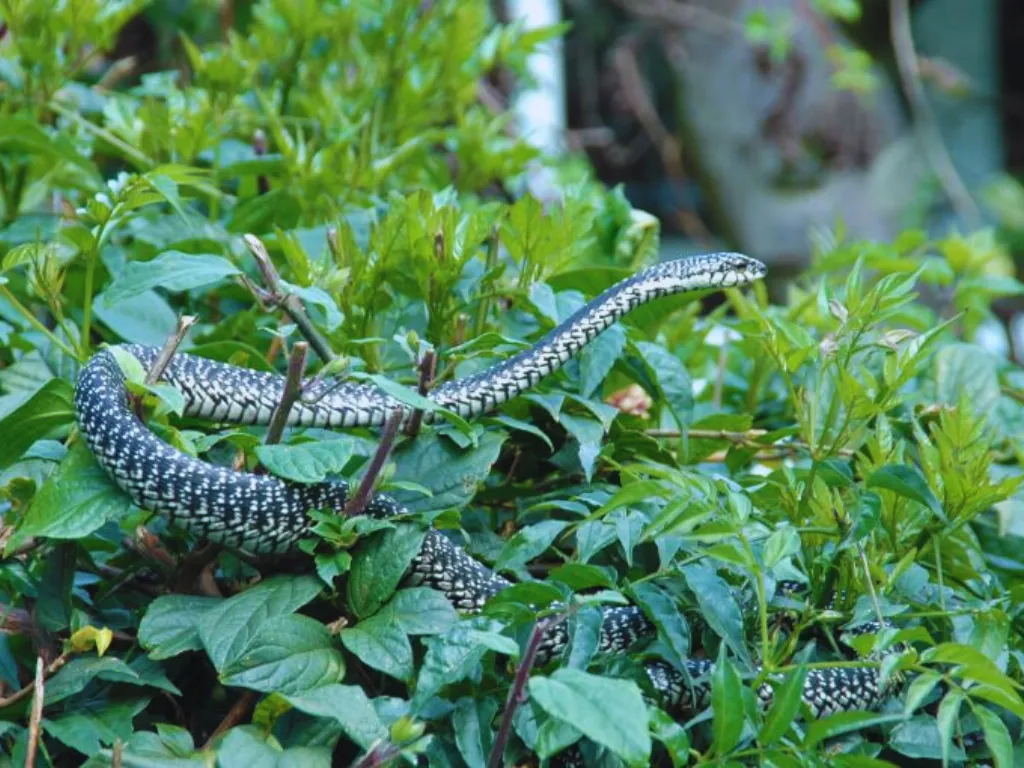
Why Visit? The Lamu Museum is at the heart of the Lamu Archipelago, recognized as a UNESCO World Heritage Site for its well-preserved Swahili culture. This charming coastal destination provides an immersive experience of centuries-old Swahili traditions, architecture, and maritime heritage. The museum itself showcases historic artifacts, local crafts, and insights into the region’s unique fusion of African, Arab, and Asian influences.

A short walk from the museum, offering additional historical exhibits and vantage points.

Demonstrates traditional domestic life in a restored Swahili home.

A look into colonial communication and maritime routes.

Another heritage site showcasing the remnants of a 15th-century Swahili settlement on Manda Island.
Lamu Old Town dates back to the 14th century, making it one of the oldest living towns on the Kenyan coast.
Long a hub for Indian Ocean trade, Lamu was influenced by Arab, Persian, Indian, and Portuguese traders.
The Lamu Museum building reflects early 20th-century Swahili coastal architecture, once a government administrative center under colonial rule.
Opening Hours: 8:00 AM – 6:00 PM (Daily, including public holidays).
Admission: Book via eCitizen (no cash accepted). Reduced rates for children, students, and groups.
Location & Access: Lamu Island is accessible primarily by boat from Mokowe on the mainland or by plane via Manda Airport. The museum is located along the Lamu seafront.
Guided Tours: Available in English and Swahili; recommended to explore Lamu Museum and the surrounding Old Town.
Lamu Fort: A short walk from the museum, offering additional historical exhibits and vantage points.
Swahili House Museum: Demonstrates traditional domestic life in a restored Swahili home.
German Post Office Museum: A look into colonial communication and maritime routes.
Takwa Ruins: Another heritage site showcasing the remnants of a 15th-century Swahili settlement on Manda Island.
Lamu Cultural Festival: Held annually, celebrating Swahili heritage, dhow races, traditional music, and dance.
Maulidi Festival: A religious event commemorating the birth of Prophet Muhammad, infused with Swahili traditions.
Swahili Cultural Heritage: Showcasing traditional garments, household objects, and ceremonial items.
Maritime & Trading History: Artifacts illustrating Lamu’s pivotal role in trading routes linking East Africa to Arabia and beyond.
Local Art & Crafts: Intricate wood carvings (including the iconic Swahili doors) and finely woven baskets.
Ethnographic Galleries: Dedicated spaces for the Boni, Sanye, and Pokomo communities, reflecting the region’s cultural diversity.
Workshops & Lectures: Regular collaborations with local scholars and artisans.
Gift Shop: Local crafts, postcards, and Swahili-inspired souvenirs.
Cafés & Eateries: Nearby spots along the seafront offering fresh seafood and Swahili delicacies.
Transport: No cars allowed in Lamu Old Town—explore on foot or use donkey/boat transport.
Cultural Etiquette: Dress modestly, as Lamu is predominantly Muslim.
Footwear: Comfortable shoes for walking the narrow, historic streets.
Photography: Always ask permission before photographing locals.
Immerse yourself in the timeless Swahili culture and discover the maritime past of the Lamu Archipelago at the Lamu Museum—a gateway to Kenya’s coastal heritage!
The National Museums of Kenya (NMK), established under the Museums and Heritage Act (2006), is a multi-disciplinary institution dedicated to collecting, preserving, researching, and presenting Kenya’s cultural and natural heritage.
Sign up to our newsletter